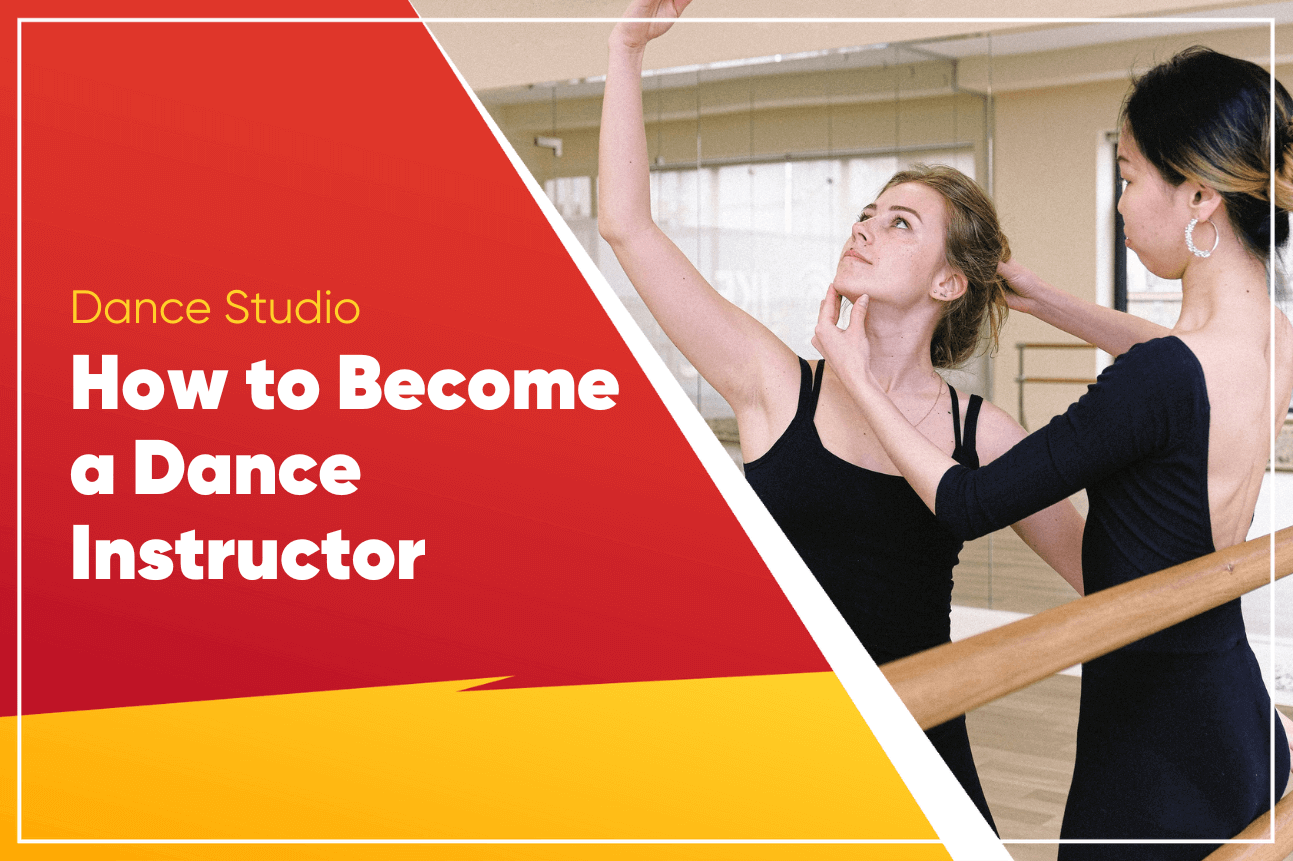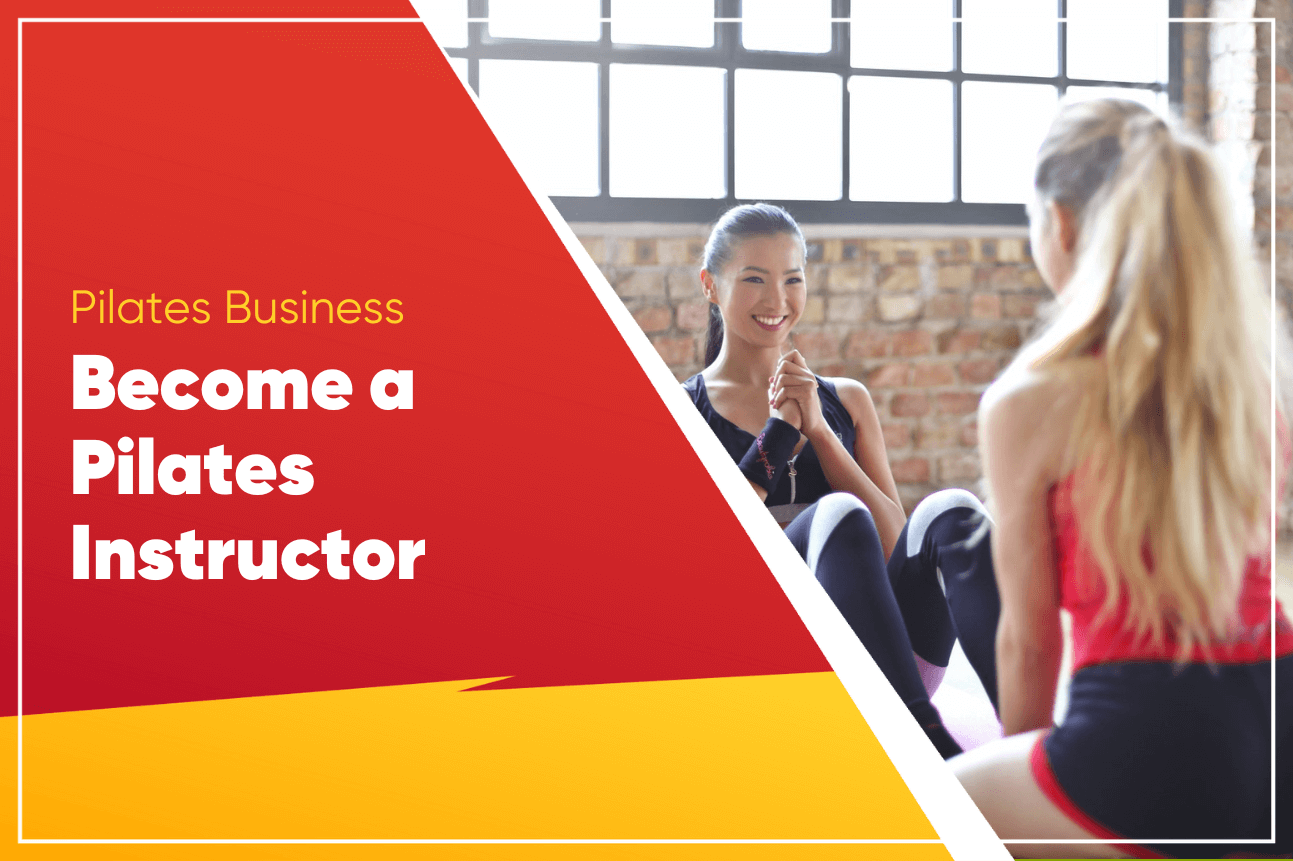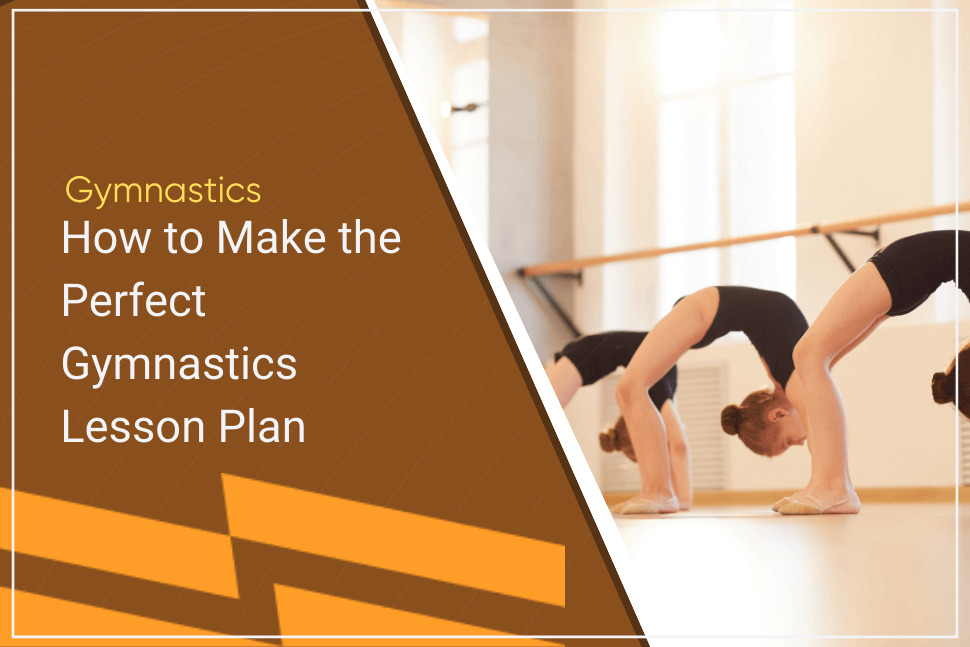How to Become a Dance Instructor

How to Become a Dance Teacher
Want to make a career out of your dance passion, but you’re not sure what path to follow to make it happen?
You’re in the right place. This article will lay out the steps to follow to become a dance instructor. I’ll also analyze the major dance education organizations in the United States and provide guidance on how to get started as a dance trainer.
Overview
In order to become a dance instructor, you need to follow three steps:
- Take dance lessons; your passion for dance should have been evidenced at an early age and you will have a background of many years of dance lessons.
- Get a qualification in dance.
- Obtain any relevant certifications relevant to the niche you want to work in. For example, if you want to work in a school, you will need a teaching certification. A CPR certification is also recommended.
What is a Dance Instructor?
A dance instructor, obviously, teaches students how to dance. This may include instruction in technique, performance, and choreography. There is a huge range of dance styles and an instructor may specialize in one or more of them.
Even though the roles may overlap, a dance instructor differs from a choreographer. The instructor teaches students the dance moves while the choreographer plans out and creates dance routines. A dance studio or theater company may expect the dance instructor to perform both roles while others will employ a separate dance choreographer.
The instructor should be enabled to teach at a range of student levels, from beginner to advanced. The job will involve preparing lesson plans and curriculums. An instructor may work in a school setting as a music teacher, in a private dance studio, in a fitness center, or for a theater or performance company.
As well as being an excellent dancer, the instructor will need to have good communication skills and be able to relate to a diverse group of people. They should also be able to evaluate, make recommendations, and formulate the next steps to help an individual make advancements. A dance instructor needs to be a motivator who can engage a group of people and keep them enthused throughout the dance session.
Dance instructors can charge between $60 and $100 or more per hour for private instruction. Dance studios located in large urban areas, such as New York, or Los Angeles, can charge much higher hourly rates than those located in more rural or suburban areas.
If you decide to pursue a career as a dance instructor in a school, you can expect to make around $45,000 per year.
Key Skills Required
Here are eight key personal skills that outstanding dance instructors possess:
- A deep passion for dance
- Technical dance proficiency
- Natural leadership ability
- Planning skills and attention to detail
- Empathy and nurturing ability
- Good time management skills
- Organizational ability
- Outgoing personality
Do You Need A Degree to Become a Dance Instructor?
Unless you have an outstanding background and reputation as a dancer, you'll need a formal qualification to get a job as a dance instructor. This is borne out by an analysis of dance instructor job openings over the past 3 years. Here is a breakdown of those findings …
- High School Diploma or GED - 48%
- Bachelor’s Degree - 34%
- Associate’s Degree - 11%
- Master Degree - 5%
- Middle School Education - 2%
Dance Instructor Training
The first educational step toward gaining dance qualifications for many people is to obtain a college degree in the performing arts. Then a professional certification is undertaken.
Before starting a certification program, you should have a good idea of what sort of environment you want to be teaching in. If your intention is to work in a fitness center or a school, be sure that your course covers anatomy, biomechanics, and kinesiology. This will show that you can teach dance safely and effectively.
There are a lot of professional dance instruction organizations that offer online training. Here’s an overview of 5 of the most popular training providers …
Dance Educators of America
Dance Educators of America (DEA) was founded in 1932 by ballroom teacher Dorothy Norman Cropper. They provide education across four dance styles:
- Ballet
- Jazz
- Tap
- Modern
The DEA provides the following certificate programs …
- Associate Specialized Training Certificate - there are three levels to this certificate, with each one costing $250.
- Advanced Teacher Certificate - this course provides instruction in teaching all four core dance styles. It is a 3-level certificate program. On completion of the final level, you will be awarded your Advance Teacher Certificate diploma. If you are a DEA member you will pay $1000 for each level, Non-DEA members will pay $1,100 per level.
- Student Assistant Certificate - this course is created for students who assist dance instructors in a class setting. It provides instruction in the basic principles of teaching dance. Often dance instructors recommend their top students for this course. The cost of the course is $250.
Annual membership to DEA costs $175.
National Dance Education Organization
The National Dance Education Organization was created in 1998. They are particularly strong in dance education centered on the arts. The following certification is offered …
Certificate in Dance Education (CiDE)
According to the NDEO website …
The Certificate in Dance Education (CiDE) supports all dance educators working in diverse teaching environments, enhances credentials, and attests to a well-rounded training experience, all of which inevitably benefit the students of the dance educator who earns a Certificate in Dance Education.
To earn certification, a student must complete 33 professional development credits. Credits are earned by completing courses offered by the organization. Courses are between four and twelve weeks in duration. If you complete a four-week course, you will earn one credit, while a twelve-week course will garner 3 credits.
Here is a sampling of courses offered during the summer of 2022 …
6-Week Courses:
- Dance Stagecraft and Production - $295 member / $370 non-member
- Creating an Ethics and Pedagogy of Teaching with(out) Touch - $295 member / $370 non-member
8-Week Course:
- Using Dance Pedagogic Content Knowledge (PCK) to Drive Programmatic and Self Growth - $350 member / $425 non-member
- Ballet Theory and Composition - $295 member / $370 non-member
- Integrating Social Emotional Learning (SEL) in Dance Curriculum - $295 member / $370 non-member
- Classic Tap Repertoire - The Shim Sham Shimmy - $295 member / $370 non-member
NDEO membership costs $115 per year.
Dance Masters of America
Dance Masters of America offers a week-long in-person training course that includes instruction in ballet, tap, jazz, and modern dance. The cost of the course is $400 with an extra cost for DVDs and manuals.
Royal Academy of Dance USA
The Royal Academy of Dance USA is part of one of the largest international dance education organizations in the world. It was started in London in 1920 and now operates in 79 countries. Courses are offered both in-person and online. They offer a range of courses designed for all experience levels. Students can study full or part-time.
There are currently 13 programs of study on offer. Most of them require 2 years of part-time study to complete. To give you an idea of the course breakdown, here is a look at the very popular Diploma in Dance Teaching Studies.
Diploma in Dance Teaching Studies
Entry Requirements:
- Hold a Certificate in Ballet Teaching Studies or a Level 4 dance teaching qualification or equivalent.
- Have access to 38 teaching hours across the two-year program.
Year One:
- Dance Pedagogy: How Learners Learn, How Teachers Teach
- Dance Pedagogy: Theory to Practice
- Safe Practice and Enhancing Performance (Optional)
- Ballet Studies (optional module)
Year Two:
- Extending Teaching Practice
- People Dancing: Dance as a Participatory Art Form (optional)
- Music for Studio and Stage (optional)
- Evaluating Professional Practice and Values
Cecchetti USA
Cecchetti USA specializes in ballet instruction education. Its instruction is based on the ballet teaching method developed by maestro Enrico Cecchetti. The Cecchetti method is a progressive system of training dancers from pre-ballet to professional level. Instruction is on a one-on-one level.
In order to begin training through Cecchetti USA you should send an email to the executive director, who will then connect you with an authorized Cecchetti instructor in your area.
Finding Work
Once you receive your certification you will be set to launch yourself into the marketplace. Prior to applying for jobs, you should create a dance CV. This is similar to your normal job CV but is filled with your dancing and dance instruction experience. Include a DVD that shows you in action, both dancing and instructing. If possible, include enthusiastic feedback from your students.
Remember that jobs are not always advertised. So, rather than passively sitting back and waiting for opportunities to be advertised, get out there and make them happen yourself. Make a list of the gyms, leisure centers, and dance studios that you would like to work at.
Do some research on the business. Learn about their customer demographics, class sizes, and the number and type of instructors they have. Turn up at the front desk with your brightest smile and most positive attitude. Then, when you are in front of the hiring manager, sell them on what you can do to add value to their business.
Starting Your Own Dance Trainer Business
Starting your own dance instructor business may seem daunting but it is entirely within your reach. Many successful dance instructors have started part-time, while supporting themselves with other work and building gradually. Instruction can be given in the student’s home, in your home-based studio, or in your own full-on studio.
Here’s a brief overview of the 9 steps to setting up your own dance studio business …
- Get dance studio experience - you will benefit greatly from gaining experience as a worker in a dance studio before going out on your own. As well as building your skills as a trainer, get as great a feel as possible for the nuts and bolts of the business of running a dance studio.
- Start networking - reach out to people both within and outside of the dance industry for all the guidance and support you can get. Find a business mentor who will stick it out with you as a role model and shoulder of support. LinkedIn is a great place to find and network.
- Create a business plan. Your plan should include the following sections:
- Executive summary
- Company description
- Products and services
- Market analysis
- Marketing strategy and implementation
- Management and organization
- Financial plan and projections
- Select your studio site - in selecting your studio location, you will want to study the demographic to determine whether the area supports enough people who have the money and desire to become your clients. Consider parking, and the presence of high traffic pulls, such as a supermarket, in the vicinity.
- Equip your studio - In terms of equipment, you will need full-length mirrors, barres, quality flooring that provides good cushioning, and a quality stereo system. You will also need to purchase some dance studio software. The right software will allow you to control all areas of your business, including managing class schedules, registering students, billing, and marketing.
- Purchase insurance - you will need both studio liability insurance and accident insurance.
- Begin marketing the business - You should build your marketing campaign around an opening event. As well as local media, visit complementary businesses and sporting/fitness associations and speak to as many interested groups as you can. Do a flier drop within a mile radius of your location.
You should also make use of online marketing to promote your business. This should include Facebook group ads. Reach out to every online contact you have to create as much buzz for your business as possible.
- Open your doors and begin signing up members.
Summary
Turning your dance passion into your vocation doesn’t have to be a pipe dream. In this article, you’ve discovered the practical steps to follow to become a dance instructor. We’ve outlined five of the most popular training providers and given guidance on going out on your own. Use this information as the springboard to propel you to the next step in order to turn your dream into reality.
Gym management software that frees up your time and helps you grow.
Simplified billing, enrollment, student management, and marketing features that help you grow your gym or martial arts school.





